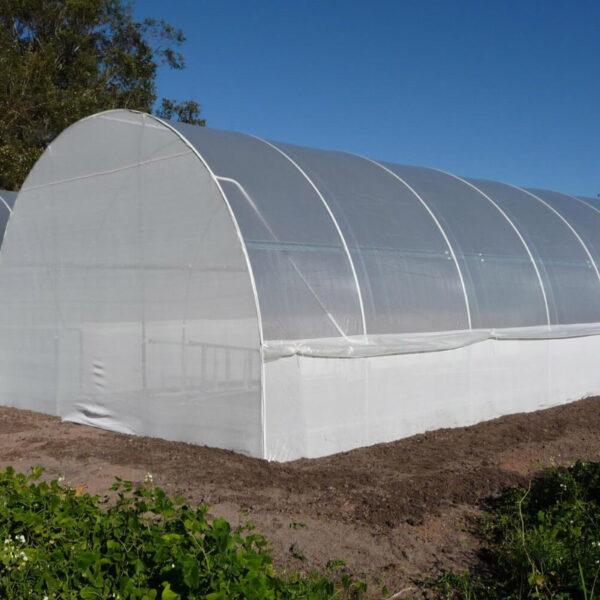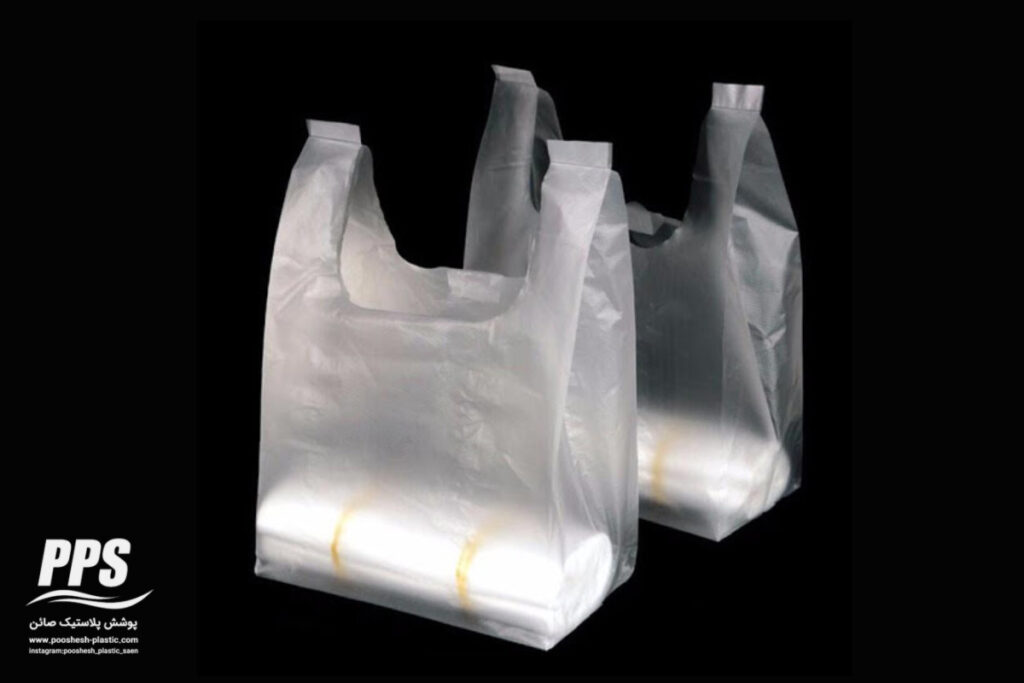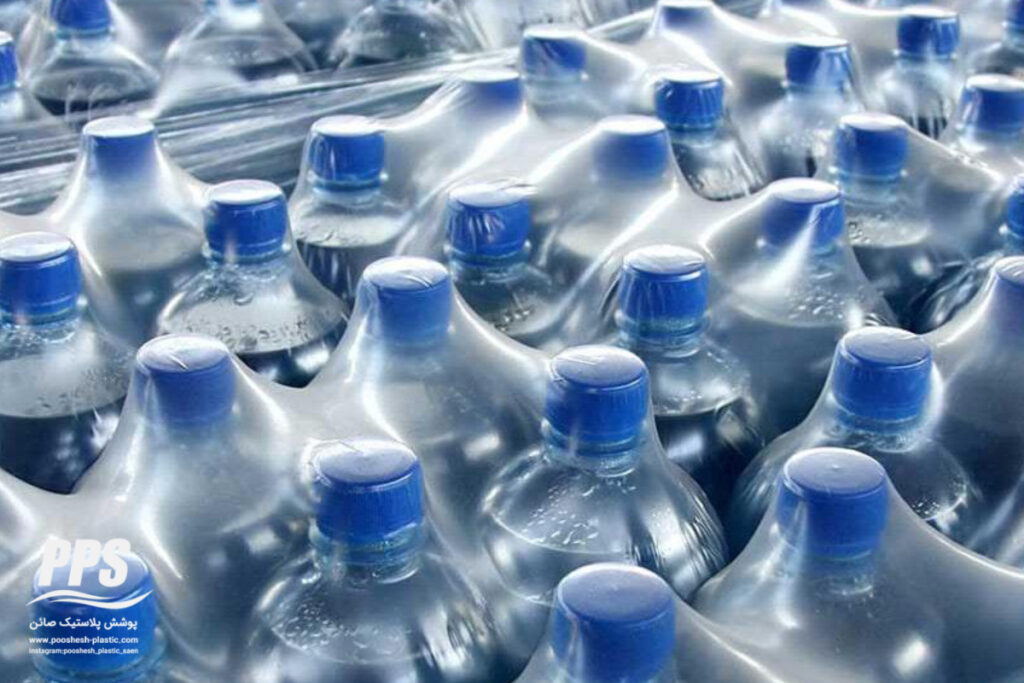The best greenhouse nylon : A few solid solutions
Whenbuilding a greenhouse , You should have greenhouse nylon, unless you are building a permanent structure with solid sheets of glass, acrylic or polyethylene. So what should you use? How do you know how much you need and what is the best greenhouse nylon for your needs?Today we will enter the world of greenhouse nylons, whether film or semi-rigid or rigid, and discover some of the options available to you. There are so many things to choose from!
What type of greenhouse nylon should be used?
There are many factors to consider when choosing the best greenhouse nylon. These include longevity, UV protection (or non-UV), IR protection and thickness. Let’s take a look at some of the ingredients and determine what you need.
What is your weather like?
First let’s talk about how to use your greenhouse.
If your area is wet and cool during the winter, but not prone to severe frosts, you can handle something relatively light. You may not even need it Do not have a greenhouse,although it helps for early seed growth!Suppose your area is humid and cold and you see hard frosts. Then, you probably want something thicker. You probably use your greenhouse every year, so it’s important to think about the longevity of the plastic.If your area has light snow, you need to consider whether the snow can easily slip through your greenhouse and be thick enough to protect against cold weather. You probably also want something that can ensure that sunlight reaches your plants easily. You still need to be able to use flexible plastic sheets, but you may need to add some kind of insulating inner layer to keep out the cold, maybe even a secondary plastic layer.
Lastly, if your area is snowing heavily, you really need to think about your average snow weight. You need to clean your greenhouse regularly to let in sunlight, but you also need heat inside. Something that is highly insulating and rigid is probably the best option for you.The least expensive option that most greenhouse growers choose is polyethylene. There are many variables in terms of polyethylene, both in terms of sheets and panels.
The most common polyethylene plastic sheet available, functional grade copolymer Is . This greenhouse nylon, which is found in most hardware stores, is very cheap. In this case, you get what you pay for. This 3 mile, 4 mile or 6 mile plastic usually does not last more than a year and depending on the bad weather, it may not last more than a season.
You can look for agricultural plastic or nylon greenhouse Be practical instead of degree. Agricultural or greenhouse plastics last longer. In many cases it can survive for 3 to 5 years, and there are many options for agricultural plastics. However, it costs more than its tools.
Anti-drip greenhouse nylon sheets Or condensate control is a good option. This helps reduce the density that blocks sunlight. It also prevents moisture dripping on your plants, which can cause diseases such as White powder Be. It can be applied as an inner layer in plastic or sprayed on plastic before use.
Heat management is also important when dealing with greenhouse plastic sheets. You want Reduce night heat loss. This can be done using an IR-coated polyethylene, as it conducts heat into the plastic.Reduce night heat loss. This can be done using an IR-coated polyethylene, as it conducts heat into the plastic. Under these conditions, an infrared reducing layer is present on the outside of some greenhouse nylons that increase Reduces the heat of the day. If you have a very large greenhouse and you plan to use bees as pollinators inside, you will need nylon to let the UV rays through. . Bees need UV light to find flowers. However, if Do not use bees, choose nylon that isUV light Blocks help reduce many fungal infections and pests. Some of the pests that can be prevented with this method are: Thrips, whiteflies andphylloxera.
Some polyethylene plastics increase light emission have became. This helps the light to reach the entire interior of the plastic, but helps prevent the plants from burning. Plastics like this are especially useful for people who grow taller plants, as they allow light to reach the lower leaves without burning the top of the plant.One thing you should know about polyethylene: If used with PVC pipe, You need a barrier between the pipe and the plastic . Polyethylene reacts with PVC pipe, which can damage the plastic if exposed to PVC and sunlight for a long time. Most people use fabrics such as cheap felt or old shirt materials around the tube. The coating tape applied to the pipe will also be effective.
polycarbonate
If you are looking for something stiff or semi-stiff Whether it is glass or acrylic, polycarbonate is a good choice. Polycarbonate panels are usually two sheets of polyethylene with a corrugated polycarbonate layer between them. These sheets are insulated as they transmit light.Like polyethylene sheets, polycarbonate plastic has many options. These are usually the same variables that are present in polyethylene greenhouse nylon. However, because polycarbonate is stiff or only slightly flexible, it lasts longer and provides more protection in colder winter environments.Polycarbonate is also great for use in the construction of a cold frame, so it should be considered.
Polyvinyl
Another type of plastic that is occasionally used for greenhouse nylon is polyvinyl chloride (PVC). This is the same plastic used to make the pipe. While this plastic is very durable, it is also usually only available in shorter lengths than polyethylene sheets and is much more expensive. Find it as an option for Greenhouse kits are much more common than finding them long enough to build a tunnel ofother greenhouses.
What plastic rod is best for your greenhouse?
If you decide to go it cheap and risk the low bandwidth you are only fooling yourself. 3 miles, 4 miles and 6 million are generally options. For most one-season programs, 3 or 4 miles is fine. This is a great choice for tall arched structures, wintering plants or single seasonal use.However, when you are building a greenhouse that has to withstand several seasons, you probably want a heavier option than 6mm plastic. However, when you are building a greenhouse that has to withstand several seasons, you probably want a heavier option than 6mm plastic. It will withstand most light winds. Strong wind conditions may require extra precautions to ensure the stability of your greenhouse.
How do you measure greenhouse nylon?
First measure the length, width and height of your greenhouse. Then measure from the ground from one side up to the arch or roof top and back down to the other side. Keep notes of what you learned from the process.The length and width you need for the plastic you need for the top will be the length of your greenhouse plus the oversize, plus one foot in each direction. So, for example, if your greenhouse is 6 feet long and 11 feet in size, you need something that is about 13 by 8. The extra plastic in the greenhouse ensures that you have enough to secure it to your frame.
The width and height of the greenhouse, plus one foot in each direction, is the amount of plastic you need for each end wall. So if you are 5 feet tall and 5 feet wide, you will need a 7.7-inch piece of plastic for both ends.So now you know everything you need to know about most greenhouse plastics and some of the best greenhouse film options available right now. What thickness do you use in your home or greenhouse? Do you pull it extraordinarily tight or slightly bent?
PoosheshPlastic and providing services in the field of greenhouse nylon
PoosheshPlastic factory with several decades of history in the field of industrial plastics and offering various products and services in this field, is always serving and offering quality products to the market of Iran and the Persian Gulf countries. Today, the PoosheshPlastic Saen factory, using the latest methods in the world, is producing this product in accordance with the international standards that have been set in the field of greenhouse nylon. The plastic coating factory with a major distribution of products To the applicants of this practical product, it has brought the markets of Iran and the Middle East in the field of greenhouse nylon to the world level.
To order greenhouse nylon, you can contact the experts of the plastic coating factory through the available communication channels to have a suitable purchase with complete information.







